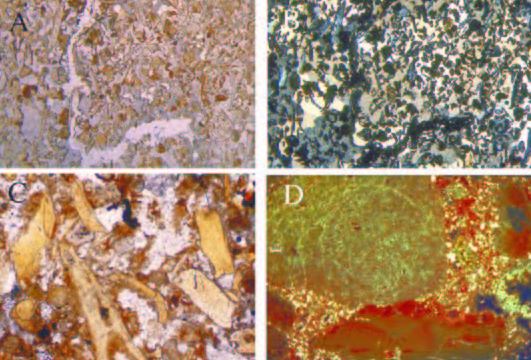Cave Turbidites
DOI:
https://doi.org/10.3986/ac.v37i1.158Povzetek
Turbidites are uncommon in caves, but are more common as palaeokarst deposits. Marine carbonate turbidites, called caymanites, are the most common cave and palaeokarst turbidites, but marine non-carbonate turbidites, freshwater carbonate turbidites and freshwater non-carbonate turbidites are also deposited in caves and preserved in palaeokarst sequences. One of the most complex sequences of cave turbidites occurs in the Wellington Caves Phosphate Mine in Australia. Cave turbidites form in ponded water in caves and may be triggered by floods and highintensity rain events. While caymanites are most likely to form during marine transgressions, they can be emplaced by tsunami. Freshwater cave turbidites are most likely to form in flooded hypogene caves located in the seasonally wet tropics and in areas withirregular highintensity rainfall events.Prenosi
Podatki o prenosih še niso na voljo.

Prenosi
Objavljeno
2008-06-01
Kako citirati
Osborne, R. A. L. (2008). Cave Turbidites. Acta Carsologica, 37(1). https://doi.org/10.3986/ac.v37i1.158
Številka
Rubrike
Original papers
Licenca
Avtorji jamčijo, da je delo njihova avtorska stvaritev, da v njem niso kršene avtorske pravice tretjih oseb ali kake druge pravice. V primeru zahtevkov tretjih oseb se avtorji zavezujejo, da bodo varovali interese založnika ter da bodo povrnili morebitno škodo.
Podrobneje v rubriki: Prispevki




